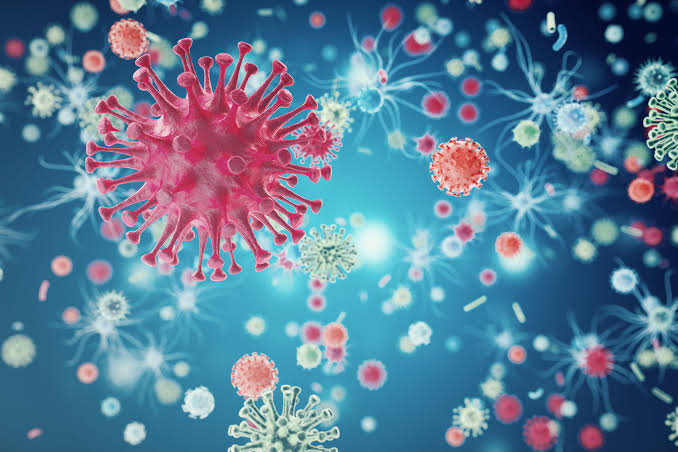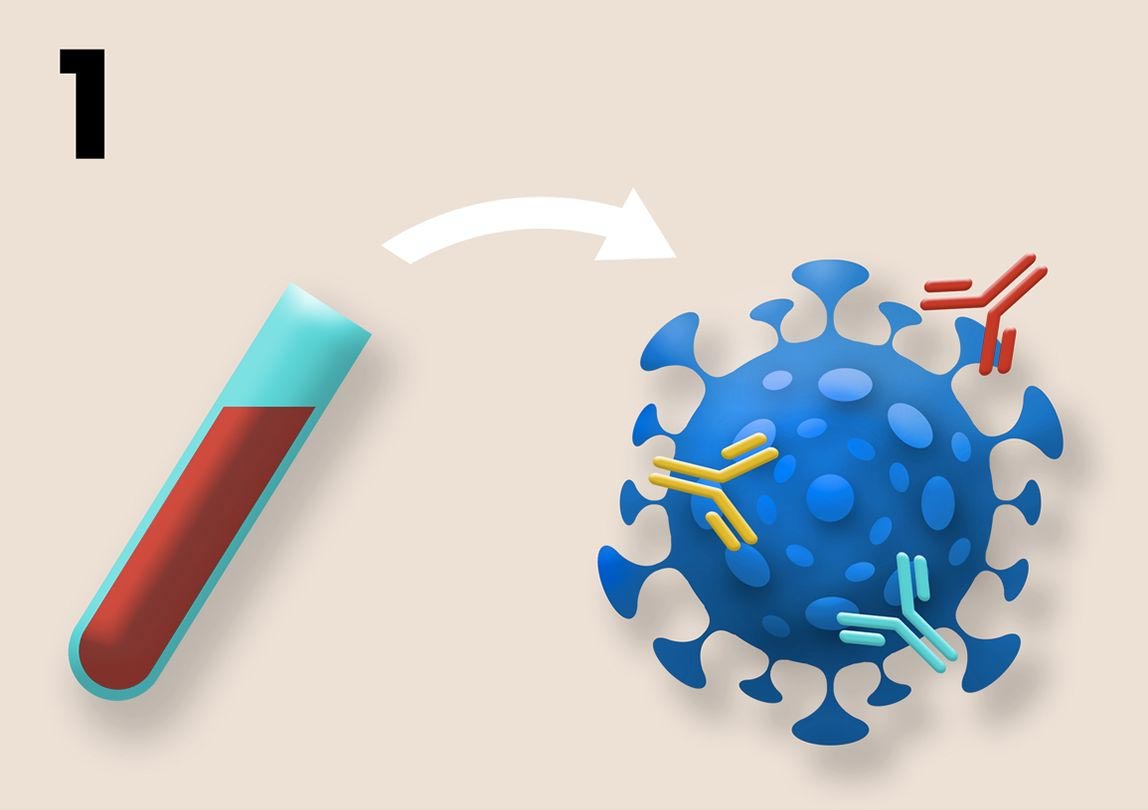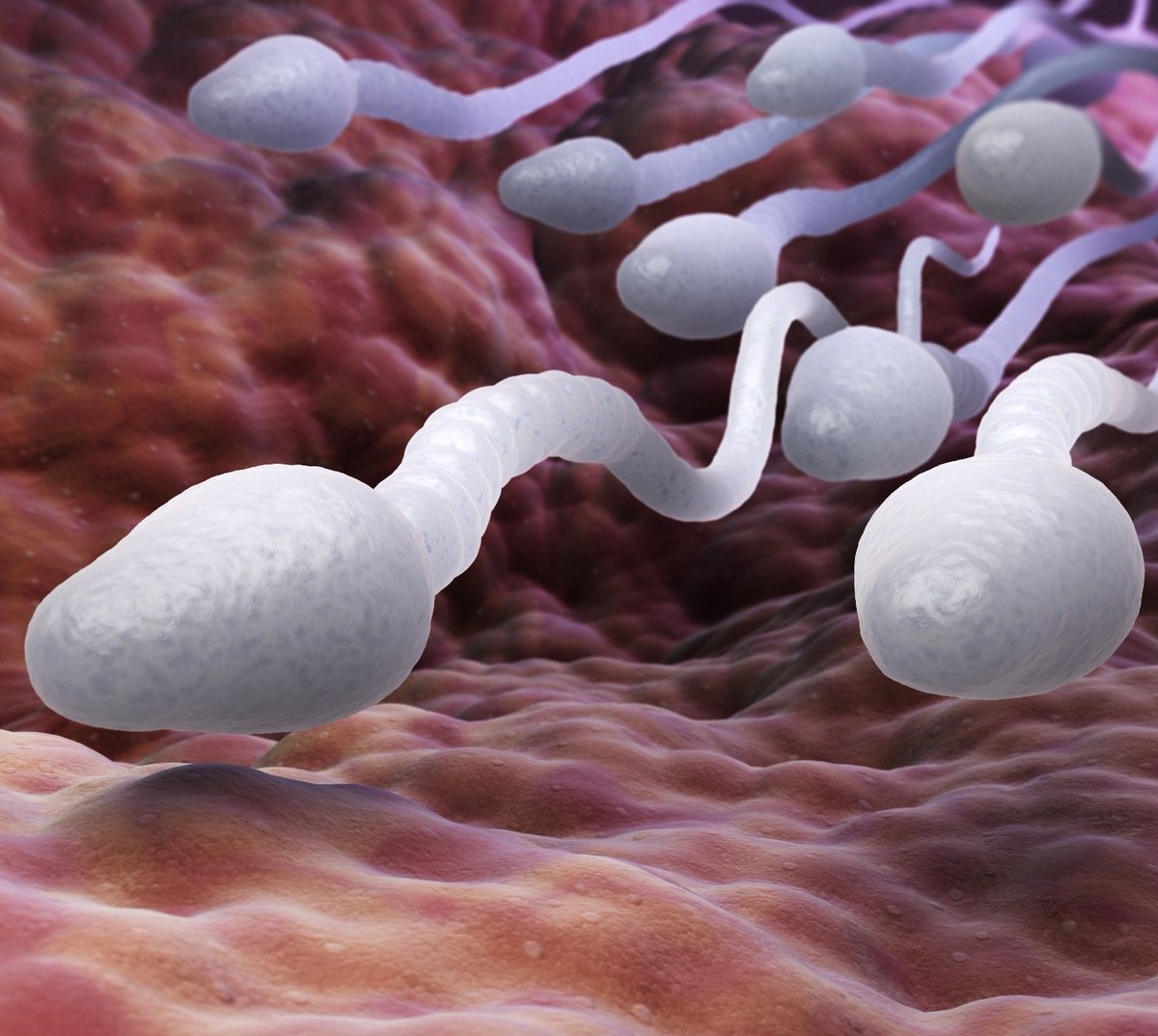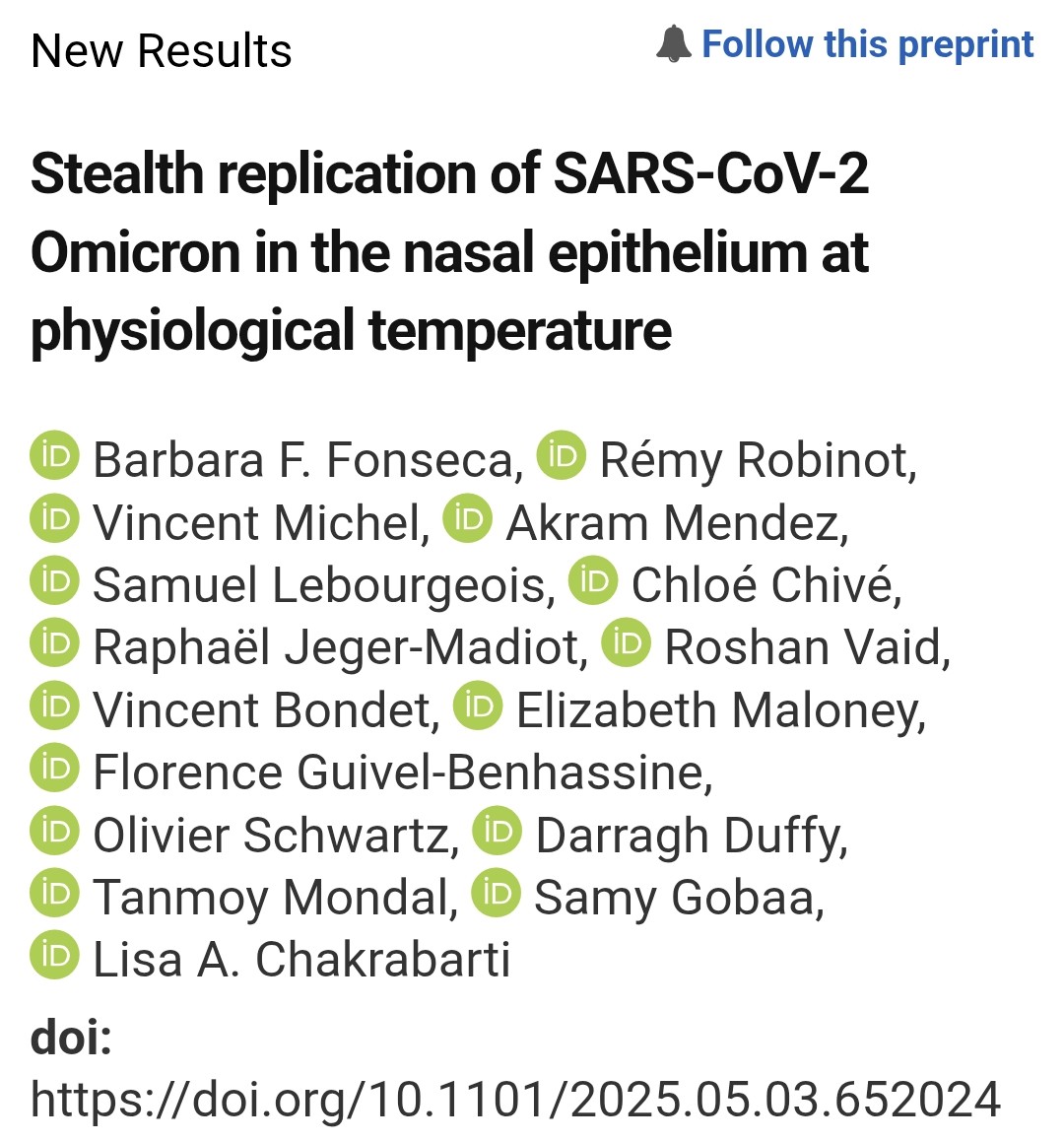20 𝘁𝗼 85% 𝗔𝗦𝗬𝗠𝗣𝗧𝗢𝗠𝗔𝗧𝗜𝗖𝗦 𝗮𝗰𝗰𝗼𝗿𝗱𝗶𝗻𝗴 𝘁𝗼 𝘀𝘁𝘂𝗱𝗶𝗲𝘀. 𝗪𝗵𝘆 𝘀𝘂𝗰𝗵 𝗮 𝗗𝗜𝗙𝗙𝗘𝗥𝗘𝗡𝗖𝗘?
There are 3 biases that we see in studies:
▶️ Some asymptomatics are actually pre-symptomatic.
▶️ Some studies focus on a small or categorized sample
There are 3 biases that we see in studies:
▶️ Some asymptomatics are actually pre-symptomatic.
▶️ Some studies focus on a small or categorized sample
2) ... (population with cancer, renal dialysis, neonatal, etc.)
▶️ The severity of the symptoms is sometimes difficult to assess (slight fever or slight cough is a symptom of COVID).
We can see these differences ranging from 22 to 85% depending on the studies.
▶️ The severity of the symptoms is sometimes difficult to assess (slight fever or slight cough is a symptom of COVID).
We can see these differences ranging from 22 to 85% depending on the studies.

3) The previous table comes from a mega-analysis by Eric Topol, which gave a median rate of 41% of asymptomatic people.
ncbi.nlm.nih.gov/pmc/articles/P…

ncbi.nlm.nih.gov/pmc/articles/P…

4) We have taken all the studies, limiting ourselves to the one published in 2024, like this one for Hong Kong. Here the asymptomatic rate is 75%
wwwnc.cdc.gov/eid/article/30…

wwwnc.cdc.gov/eid/article/30…

5) The most interesting in our opinion are seroprevalence studies, because they make it possible to measure the number of infected cases while avoiding the pre-symptomatic and asymptomatic debate.
hindawi.com/journals/cjidm…

hindawi.com/journals/cjidm…

7) Other studies are interesting because they were carried out over a very long period like here in Australia.
journals.sagepub.com/doi/10.1177/00…

journals.sagepub.com/doi/10.1177/00…

8) More asthmatics with COVID-19 than with INFLUENZA?
We only found 3 studies for influenza, sometimes quite old but which dont seem really significant, with rates between 30 and 50% of asymptomatic.
We only found 3 studies for influenza, sometimes quite old but which dont seem really significant, with rates between 30 and 50% of asymptomatic.

9) When more than one in two people are asymptomatic and therefore difficult to detect, and with a risk of long COVID as many studies show it, we have a circulation of the virus which is uncontrollable and we continue to affirm that it is a real tragedy in terms of public health.
10) Sorry for the typo mistake. On the post 8 it is "asymptomatics" and not "asthmatics" 🤷♂️
• • •
Missing some Tweet in this thread? You can try to
force a refresh


















